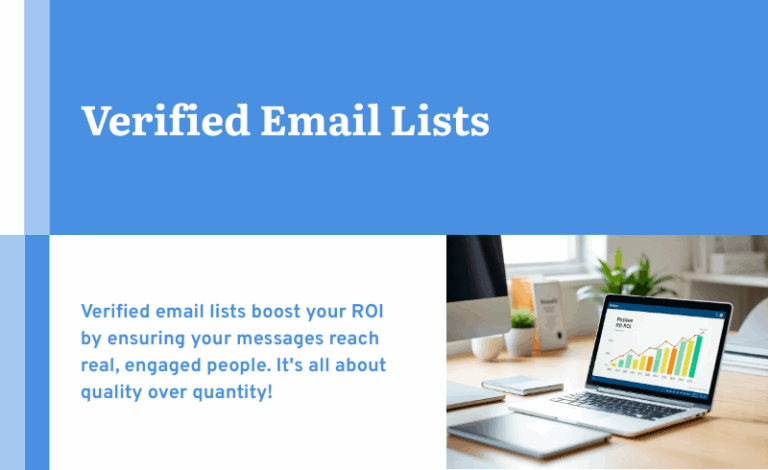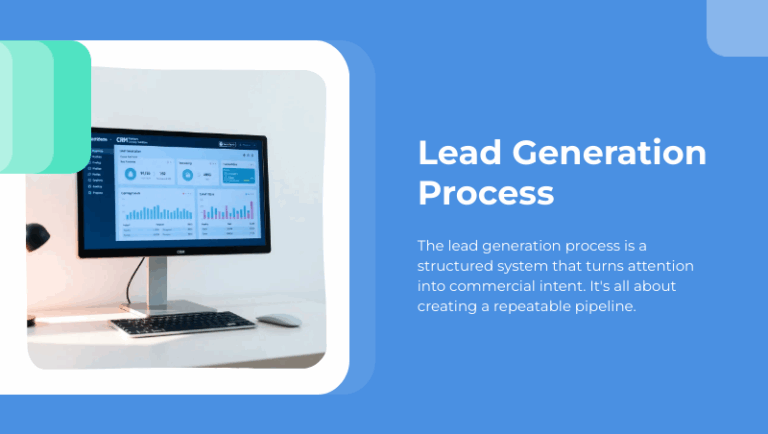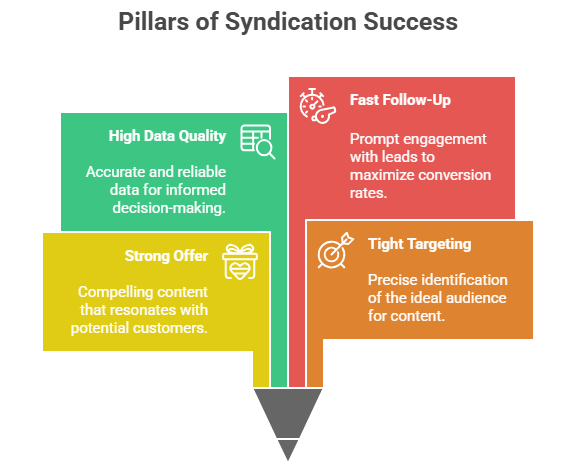
Data is dynamic; it doesn’t stay in one place, and it needs to interact to produce meaningful insight. Database mapping organizes data sets and tables into groups that can then be linked to show how they relate. By putting the “relation” in your relational database, mapping reveals connections you might not otherwise see. For example, area codes and geographical locations are linked, and analyzing these links over time might produce valuable information about how often a population moves. Additionally, coded values are mapped to a standard data dictionary to allow for selections and reporting across many different data sources.
Heightened Segmentation Capability
When you can adequately associate all the records in your database, your ability to segment and relate to each individual improves drastically.
Improve Analytics Accuracy
Now that your data is mapped, your analytics will tell a concise story that can be easily interpreted. This will produce actionable insights to drive your marketing and business forward.
Effectively Personalize
Generic messaging is over. Relevance is king, and your audience expects a high degree of it with each communication point, making better personalization necessary for engagement.
Gain Greater Results
Results are driven by your ability to connect and interact with your audience at the right time with the right message. Knowledge fuels those decisions and when your actions are based on accurate insights your entire business prospers.
The key to mapping is to identify and combine similar subsets of your database into one master data warehouse. In this example, we combine the job title fields from multiple data sources to create one unified data warehouse. This will allow us to engage with the entire base simply, swiftly, and accurately.




